Contents
To get a good harvest, tomatoes need quality care. One of its stages is foliar top dressing of tomatoes. Processing is carried out at all stages of plant development. For this, minerals and natural remedies are used.
Feeding rules
Foliar feeding means no less for tomatoes than watering. For its implementation, special solutions are used, which are sprayed on the leaves and stems of plants.
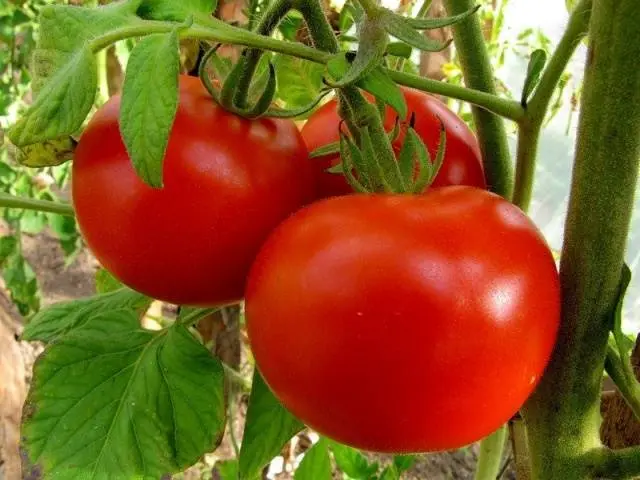
To get the maximum effect from top dressing, you need to follow a number of rules:
- the procedure is performed in the morning or in the evening, it is better in cloudy weather, when there are no direct sunlight;
- spraying solution is prepared according to the specified standards to avoid leaf burn;
- when processing plants in open ground, the absence of wind and rain is necessary;
- after spraying, the greenhouse is ventilated;
- chemical fertilizers are applied in compliance with safety rules.
The benefits of foliar feeding
Foliar treatment is more effective than root dressing. If watering is carried out, then the trace elements take time to get to the leaves and inflorescences. After spraying, useful substances fall on the leaves and stems, so they immediately begin to act.
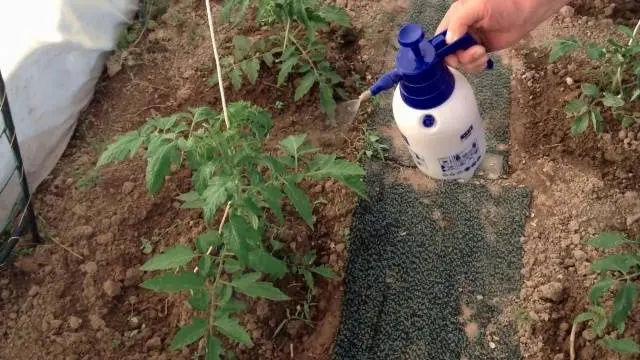
Foliar top dressing of a tomato has several advantages:
- the ground part of plants develops;
- the resistance of tomatoes to diseases and adverse factors increases;
- the appearance of ovaries is stimulated, which increases productivity;
- low consumption of components compared to irrigation;
- the ability to use complex fertilizers (organic and mineral substances, folk remedies).
Time spending
Tomatoes need spraying throughout the entire development period. If the plant is in a depressed state and is slowly developing, then additional processing is allowed.
Foliar feeding of tomatoes is carried out at the following stages:
- before planting plants in order to treat acidic soil;
- during the growing season;
- before the flowering of the tomato;
- during the formation of the ovary;
- at fruiting.
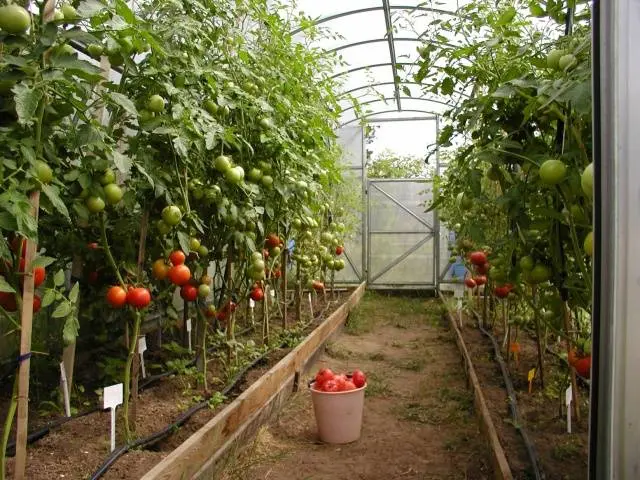
At each stage of development, plants require different substances. Seedlings for the formation of shoots need nitrogen contained in urea. Boric acid contributes to the appearance of ovaries. Potash fertilizers are responsible for the taste and appearance of the fruit.
The best ways to feed
Foliar top dressing is carried out using minerals. Based on them, an aqueous solution for spraying is prepared. Mineral dressing is one of the best processing methods, as it saturates the tomatoes with essential trace elements.
Urea solution
Urea consists of 46% nitrogen, which is involved in plant photosynthesis. With a lack of this element, their growth slows down, the leaves turn yellow, the ovary slowly forms. Urea treatment of tomatoes promotes the formation of foliage, strengthens the roots, and also increases the fruiting period.
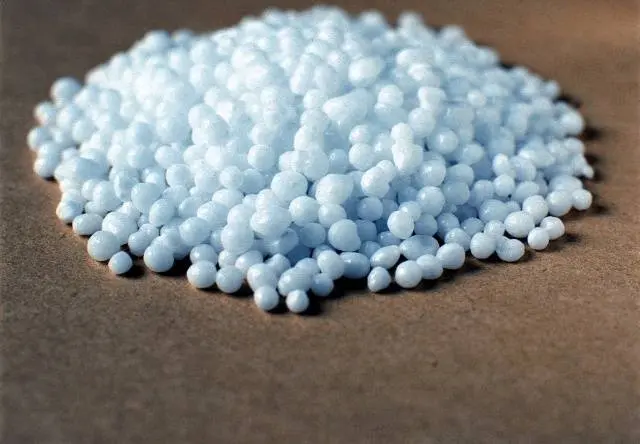
Urea is supplied in the form of granules, readily soluble in warm water. The solution is quickly absorbed by plants and does not cause burns if the proportions are observed. The amount of nitrogen in tomatoes rises after two days.
Foliar top dressing with urea is carried out before the formation of ovaries. Otherwise, the plant will direct the resulting substances not to fruiting, but to the formation of new shoots. During the growth of seedlings, a 0,4% urea solution is sufficient.
Boric acid
Due to boric acid, the flowering process of tomatoes is activated and the shedding of the ovary is prevented. At high humidity, boric acid protects the fruit from rotting. As a result, the yield of tomatoes increases.
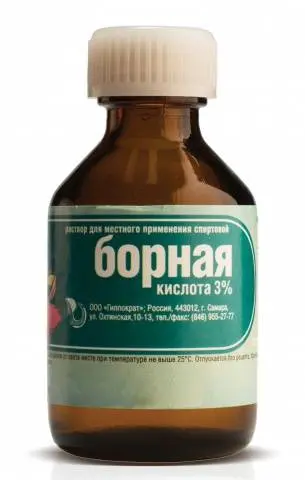
Processing of tomatoes is carried out in several stages:
- before flowering, when the buds have not yet opened;
- with active flowering;
- when the fruits begin to turn red.
The second top dressing of tomatoes with boric acid is carried out 10 days after the first spraying. It is allowed to carry out additional processing with boron if the tomatoes have small pale leaves or bloom poorly.
To avoid shedding of inflorescences, 1 g of a substance is taken, which is dissolved in 1 liter of hot water. After cooling, the product can be used for spraying.
To protect tomatoes from phytophthora, one teaspoon of boric acid is taken in a bucket of warm water. 1 liter of solution is consumed per 10 sq. m of landing area.
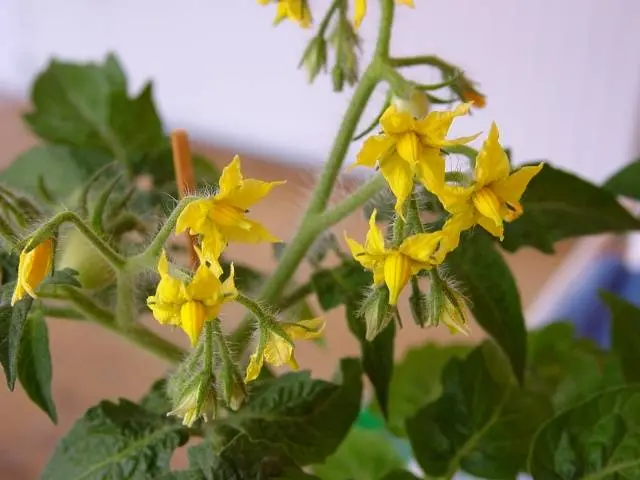
Potassium monophosphate
Potassium monophosphate is produced in the form of colorless crystals, highly soluble in water. The substance contains the optimal amount of potassium and phosphorus necessary for effective fruiting.
Potassium monophosphate has the following advantages:
- quickly absorbed by tomatoes and stimulates metabolic processes;
- compatible with other minerals;
- it is impossible to overfeed them plants;
- does not have similar effects;
- used to prevent fungal infections of tomatoes.
Spraying with potassium monophosphate is carried out twice:
- before the formation of buds;
- at fruiting.

There should be at least 2 weeks between treatments. It is allowed to carry out additional treatment with potassium monophosphate after heavy rains, when mineral components are washed out of the soil.
Calcium nitrate
The composition of calcium nitrate includes nitrogen and calcium. Due to calcium, the absorption of nitrogen by tomatoes, which is necessary for the formation of green mass, improves.
With a lack of calcium, the root system suffers, the resistance of tomatoes to temperature extremes and diseases decreases.
Calcium nitrate has been used for tomatoes as a spray. This includes the preparation of a solution consisting of 1 liter of water and 2 g of this substance. The first leaf treatment is performed a week after the plants are moved to the ground. Then the procedure is repeated every 10 days until budding begins.
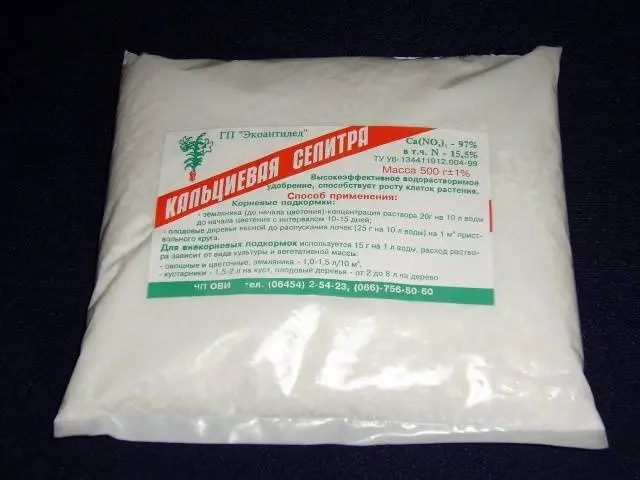
After spraying, seedlings become resistant to blossom end rot. Fertilizer repels slugs, ticks and other pests. Tomatoes remain resistant to diseases even in adulthood.
The use of superphosphate
Superphosphate includes phosphorus, which accelerates fruiting, improves the taste of tomatoes, and slows down the aging process of plants.
The lack of this element is characterized by the presence of dark green leaves in tomatoes and rusty spots on them. Such symptoms are observed after cold snaps, when the absorption of phosphorus worsens. If the condition of the tomatoes has not improved with an increase in temperature, then the tomatoes are fed with superphosphate.
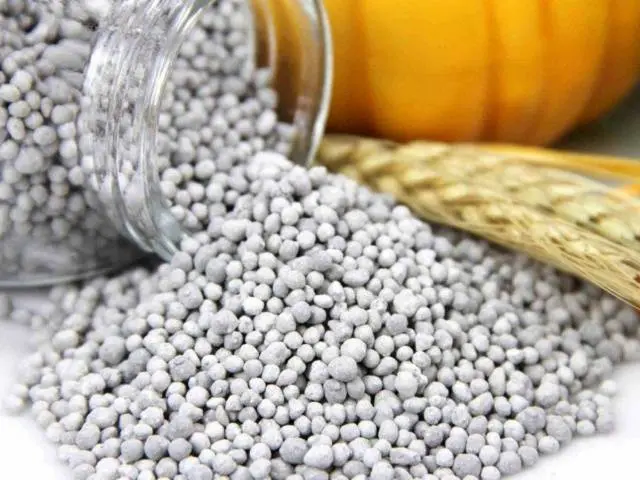
The dissolution of superphosphate occurs only in hot water. The resulting solution in an amount of 150 ml must be diluted with 10 liters of water and used for spraying. In order for phosphorus to be better absorbed, 20 ml of a nitrogen-containing substance is added to the solution.
Phosphorus is required by tomatoes for the formation of fruits. Therefore, in the greenhouse, foliar top dressing of tomatoes is carried out when inflorescences appear.
Top dressing with epin
Epin is a phytohormone obtained by chemical means. The substance has a strengthening effect on tomatoes and improves their ability to withstand stressful situations (heat, frost, disease).
Epin has a mild effect, since it is aimed at activating the forces of tomatoes. Its use increases productivity even on lands with low fertility.
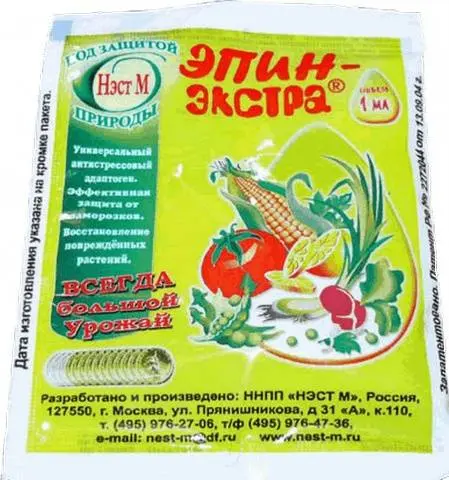
The first treatment with epin is performed a day after planting the plants in a permanent place. The tool helps seedlings to take root and protects them from diseases. The following treatments are carried out with the formation of buds and flowering of the first brush.
Natural fertilizing
Folk remedies help to saturate tomatoes with nutrients. Their advantage is complete security and ease of use. The most effective nutrition of tomatoes based on ash, whey, garlic and herbal infusions. Folk methods allow you to feed tomatoes without chemicals and complex fertilizers.
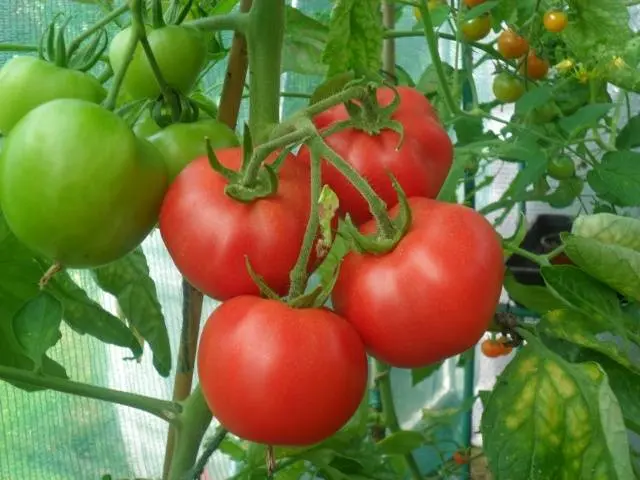
Ash based solution
Wood ash serves as a source of calcium, magnesium, potassium and other elements for tomatoes. For fertilizer, products of burning plastic, household and construction waste, and colored paper are not used.
For 10 liters of water, 100 g of ash is required. The solution is infused for a day, after which it is filtered and used for spraying.
Foliar feeding of tomatoes with ash repels aphids and other pests. After treatment, the resistance of plants to powdery mildew and other lesions increases.
Spraying with ash is carried out at the stage of flowering plants. It is allowed to combine ash and boric acid in one solution.
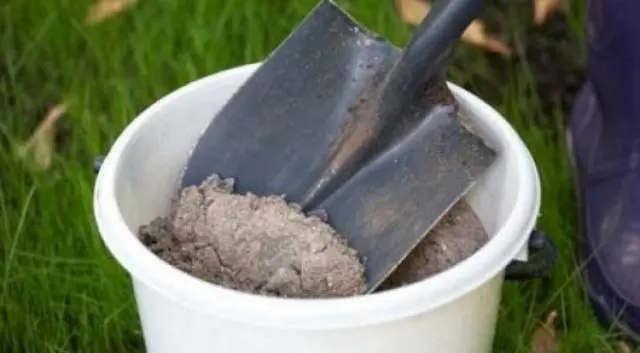
Milk serum
Whey from sour milk contains beneficial bacteria that can protect tomatoes from fungal diseases. After spraying, a film forms on the foliage, which serves as an obstacle to bacteria.
Instructions on how to make a spray solution are very simple. To do this, the serum is diluted with water in a ratio of 1:1.
For prevention, tomatoes are treated every 10 days. If there are signs of phytophthora or other diseases, then it is allowed to perform the procedure daily.
For foliar feeding, a solution of water (4 l), raw milk (1 l) and iodine (15 drops) is used. Such a complex fertilizer will provide plants with protection from harmful microorganisms.

Garlic sprays
Garlic sprays are used to protect tomatoes from phytophthora. They are prepared on the basis of 100 g of garlic (leaves or bulbs), which are crushed and poured into a glass of water. The mixture is left for a day, after which it is filtered.
Garlic spraying is performed every 10 days. Instead of garlic, you can use other herbs (nettle, thistle, dandelion, alfalfa). Such top dressing is effective at the flowering stage of tomatoes, as it saturates them with nitrogen, potassium, and calcium.
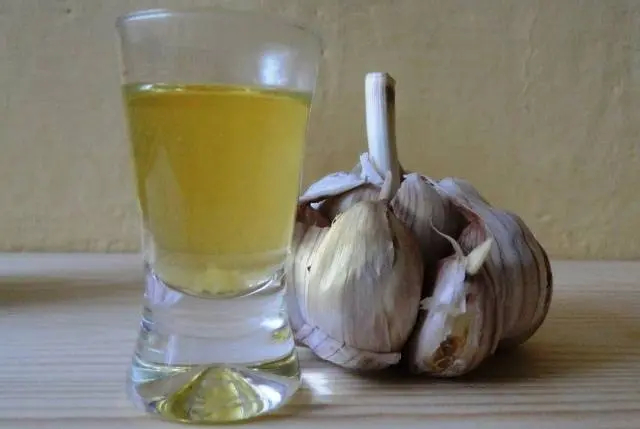
Conclusion
Foliar processing has a number of advantages, which include the high efficiency of this method. For processing, chemicals, minerals and folk remedies are used. The purpose of the procedure is to saturate tomatoes with nutrients, protect against diseases and pests.









